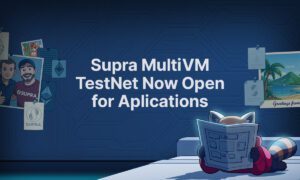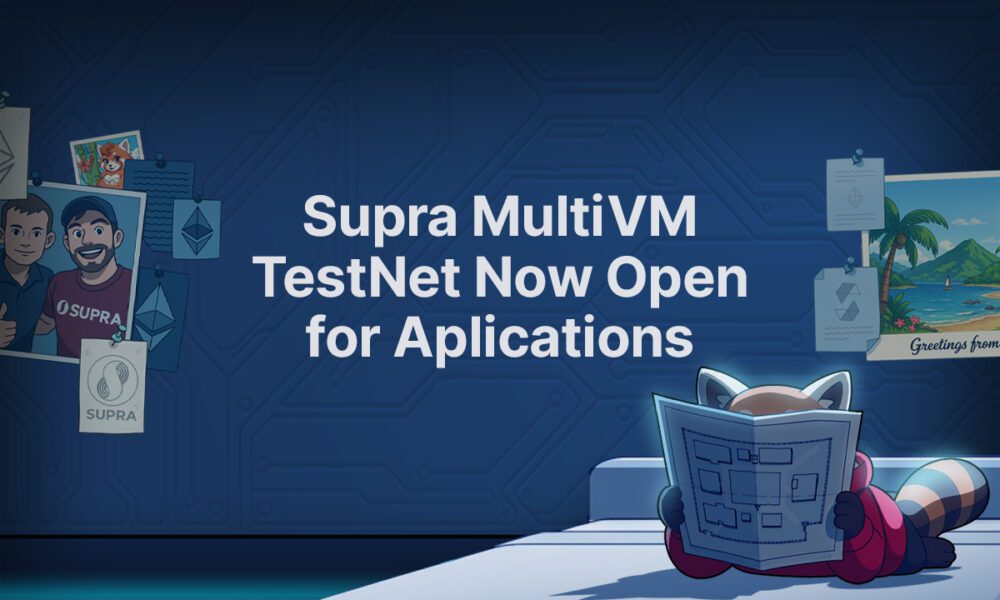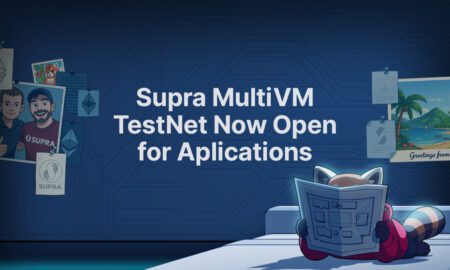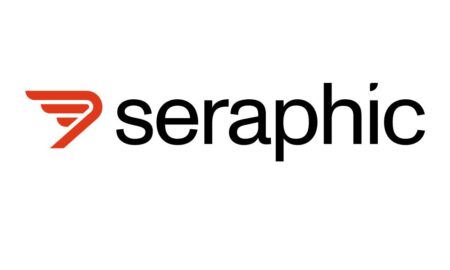Malika Gilad, co-founder of MM Documents Preparation, explains who is affected by the new immigration rules, which visa options serve as viable alternatives to the H-1B, and what steps professionals should take in advance to build a strong and well-documented immigration case.
Under a new executive order signed by President Donald Trump, the filing fee for employers submitting H-1B visa petitions for foreign specialists has increased from approximately $1,500 to $100,000 per petition This major change has already reshaped the labor market for international professionals, especially technical experts frequently hired by U.S. companies and startups.
As employers rethink their hiring strategies, many specialists are now exploring alternative pathways to stay and work in the United States. One of the most promising options is transitioning from an H-1B visa to a Talent Visa, such as O-1 or EB-1A.
To understand how this transition works, who exactly is affected by the new rules, and how to make the process legally correct, we spoke with Malika Gilad, co-founder of M&M Document Preparation, a company that has already helped more than 2,500 families of professionals obtain immigration visas and effectively showcase their achievements.
In this interview, Malika explains who is affected by the new policy which visa types are best suited for technical professionals, and how to prepare for a successful transition to a Talent Visa.

Malika, many IT professionals have built their careers in the U.S. through the H-1B visa program. Now, after the President’s executive order raising the hiring cost to $100,000 per year for companies employing foreign specialists, who exactly will be affected by these changes: only new petitions or also existing visa holders?
In short — no, this change will not affect those who are already in the U.S. on an H-1B visa. The new presidential order raising the hiring cost to $100,000 per year applies only to new petitions when a company hires someone from abroad. So if you are already working on an H-1B, extending your visa, or switching employers within the U.S., this fee does not apply to you.
Is there a risk that companies will start refusing to hire foreign specialists because of the increased costs? Or will the market adapt in other ways — for example, through remote contracts or alternative visa options?
Of course, that risk exists, especially in the short term. When hiring a foreign specialist on an H-1B visa suddenly becomes $100,000 more expensive per year, many companies will naturally start rethinking their strategies. However, the U.S. market is extremely flexible, and we’re already seeing signs of adaptation in the tech sector. First, some companies are indeed moving toward a remote-first model — hiring foreign professionals abroad directly through contracts without going through the visa process. This has already become a widespread trend. Second, others are looking for alternative visa pathways — such as O-1A, for individuals with extraordinary ability, EB-1A, or EB-2 NIW, where the specialist isn’t as tightly tied to a single employer. Finally, there’s growing interest in entrepreneurial visas, especially among those who want to start their own business in the U.S. and obtain status through their own company. So yes, we may see a pause and some caution from businesses in the coming months. But overall, the market will adapt — the model will simply change: less “traditional H-1B hiring” and more hybrid solutions, where the specialist chooses their own immigration strategy instead of relying entirely on the employer.
Your company has assisted hundreds of top-tier tech professionals with their immigration cases. Which visa category is currently considered the most attainable for IT specialists?
For those already in the U.S. on an H-1B visa who want to reduce their dependence on an employer, there are several strategies. The main idea is to transition to a visa that doesn’t require employer sponsorship, allowing you to file on your own behalf. O-1A is probably the most achievable category for IT professionals today. It can be obtained relatively quickly if you have a strong professional background — publications, leadership in projects, peer recognition, participation in conferences, startup experience, or patents. This visa is ideal for those seeking flexibility, as it allows you to work through your own company or agency rather than being tied to a specific employer. EB-2 NIW is the next logical step for those who want a green card without a corporate sponsor. It requires demonstrating that your work benefits the U.S. economy or contributes to innovation and is often used as a long-term strategy following the O-1A. EB-1A is aimed at individuals who have already reached a high level of achievement in their field — international recognition, major accomplishments, and strong media coverage. It provides a direct path to permanent residency, though its requirements are significantly higher.
How realistic is it for an IT specialist to prove “extraordinary ability” if they’re not a top executive but, for example, a senior engineer, data scientist, or AI developer?
In fact, it’s absolutely realistic. Today in immigration practice, we increasingly see that Talent Visas are granted not only to top executives but also to engineers, data scientists, product managers, and AI or machine learning specialists. U.S. immigration authorities recognize that extraordinary ability isn’t just about your job title, but about your contribution to the field. If you create innovative solutions, publish articles, speak at conferences, receive internal awards, or take part in patented developments — that’s solid evidence of your professional impact. We often tell our clients: «You don’t need to be a startup CEO to prove extraordinary ability». It’s enough to show that you’re a key expert whose results have a real influence on products, technologies, or teams. And right now, engineers and AI specialists are among the most in-demand applicants for O-1A and EB-1A visas, because the U.S. is strongly focused on maintaining its leadership in technology and innovation.
What is the best way to coordinate a Talent Visa application if a person wants to keep their current contract but move to a more independent status?
This is a common situation, and it’s absolutely manageable. The key is to handle everything transparently and professionally. If someone wants to keep their current contract but transition to a more independent status — for example, to O-1A or EB-1A, it can be done without any conflict of interest. We usually advise clients to explain to their employer that this is not about leaving the company, but about expanding their legal status. You’re not changing your job, you’re simply no longer tied to the company’s visa sponsorship. This gives you more flexibility and stability, while reducing bureaucracy and obligations for the employer. Companies are generally receptive, particularly when it comes to experienced specialists in senior or lead roles. The main point is to emphasize that you plan to continue the collaboration — you’re just taking the next step in your immigration strategy. We often help clients structure their applications in a way that the existing contract and employer recommendations actually strengthen the case. When a company is willing to support you even as an independent visa holder, it becomes powerful evidence of your value and professional recognition.
The O-1A and EB-1A visa categories require applicants to prove that they’ve played a “critical role” in a company. How can IT specialists demonstrate this, given that their contributions are often part of a team effort?
Yes, that’s one of the most common questions among IT professionals — how to prove a “critical role” when you work as part of a team rather than writing all the code yourself.
In reality, USCIS fully understands that the tech industry is built on collaboration. The key point is not to show that you created a product single-handedly, but to demonstrate the impact and significance of your contribution.
Here’s what helps:
- Official letters from supervisors, investors, partners, or clients that clearly describe the results achieved thanks to your work — for example, user growth, implementation of new technology, cost reduction, or product optimization.
- Publications or internal awards that mention you as an author or project leader.
- Documentation of your implemented solutions — reports, case studies, performance metrics, or internal press releases.
- Recommendations from respected professionals in your field, especially those in senior positions — they reinforce your reputation and credibility.
We always tell our clients: you don’t need to invent leadership — you just need to present it correctly. In IT, a “critical role” doesn’t necessarily mean a managerial position. It can be an expert or strategic function — for example, you may have designed the key system architecture, implemented an AI model that transformed the product, or contributed to scaling a major platform. The most important part is to «translate» your technical achievements into the language of business results and impact.
What steps do you recommend for IT specialists to start preparing in advance for a Talent Visa application? What should they begin collecting right now?
The most important thing is to start gathering evidence early, without waiting for a specific filing opportunity. An immigration case is like an investment portfolio — it can’t be built in a week. You should begin by collecting proof of achievements — publications, awards, client feedback, internal recognition, conference presentations, or participation in open-source projects. At the same time, start requesting recommendation letters. Ideally, they should come not just from your colleagues, but also from external experts, partners, investors, or recognized leaders in your field. It is equally crucial to document measurable results: anything you can support with numbers, such as product growth, technology implementation, performance metrics, funding raised, or user base expansion, becomes highly valuable evidence. Another important step is to build your media presence — articles, professional publications, podcast appearances, or interviews all contribute to strengthening your public profile. Finally, together with an immigration specialist, define your long-term strategy: determine which category fits you best — O-1A, EB-2 NIW, or EB-1A — and identify which elements you still need to develop before applying. The biggest mistake we see is when people start preparing their case only after their H‑1B status is about to expire. Essentially, it’s just like with your career: you don’t wait for a promotion to start performing better; you build the foundation for your next step in advance.
































